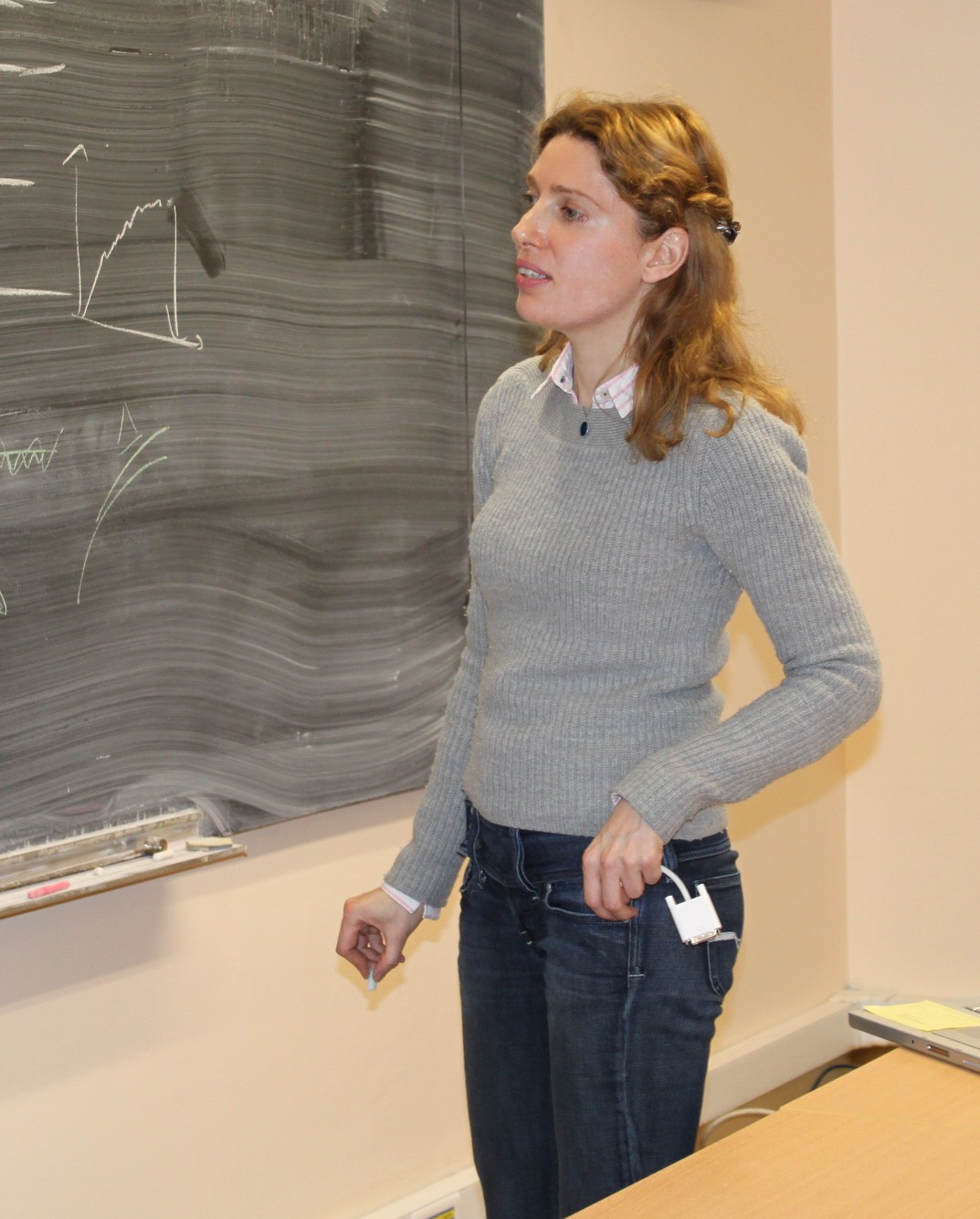Computational mechanics of biological tissues
At LMSSC, Cnam, Paris, January 3rd 2012, 14 p.m.
Elisa Budyn
Assistant Professor, Mechanical Engineering, University of Illinois at Chicago, Chicago, USA
Assistant Professor, Mechanical Engineering, University of Illinois at Chicago, Chicago, USA

Haversian cortical bone is a mineralised tissue that undergoes under daily exercise different types of damage that is either easily identifiable by light microscopy such as microcracks or more diffuse and difficult to characterize and visualise. Bone tissue is maintained by bone cells called osteocytes that are located throughout the mineralized microstructure. Osteocytes are mechano-sensitive and can sense mechanical stimulation, to which they respond by adapting their internal biology to the changes of their mechanical environment. Aging pathologies such as osteoporosis are often following a hormonal decrease where a cell activity imbalance produces an overly porous tissue. However the effect of a modified mechanical microenvironment on the cells is not precisely quantified. To evaluate the stress field near bone cells, approaches with different level of complexity are possible. Stochastic numerical models offer good approximations of bone mechanical properties at the material scale. However to visualise the stress field near these cells, methods based on explicit bone morphology such as Physical Imaging procedure makes it possible to analyse the effect of microcracks that result either micro tension or micro compression tests in human Haversian cortical bone. The approach relies on dual experimental investigations through tests conducted in humans millimetric samples collected from the femoral posterior mid-diaphysis from cadavers of a specific targeted age group (above 70). Based on Digital Image cross-correlations of successive Light Microscopy (LM) observations and local mechanical characterisations of the top surface of the cortical bone samples, the stress field is reconstructed in the vicinity of progressing microcracks. The frictional contact condition along the microcrack edges is ensured by penalty parameters and the collagen bridging in the wake of the tip is modeled by a cohesive law. The continuous displacement map in the sample is solved by a Newton-Raphson scheme. Based on the strain energy balance, as microcracks grow in quasi-static condition in a highly mineralised brittle biomaterial, a closer analysis of the stress field near small microcracks that are coalescing also reveals regions of suspected diffuse damage near the cracks.
